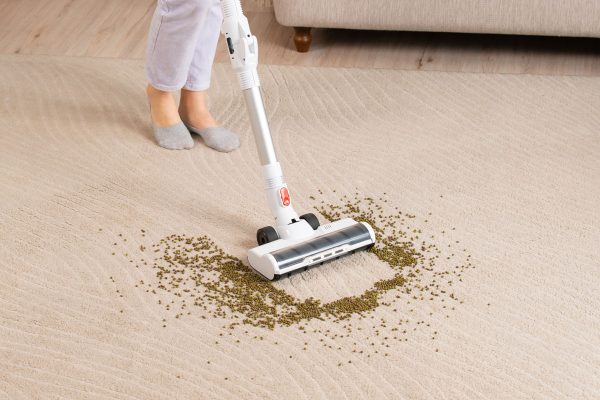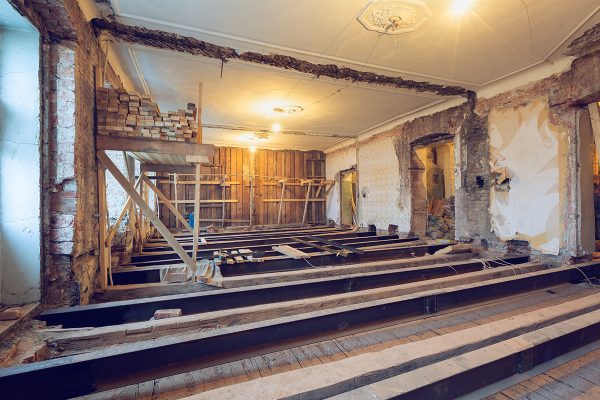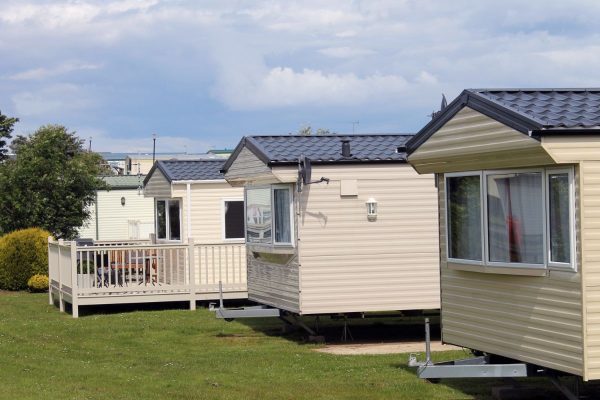Some people may not realize how important the insulation in a mudroom’s flooring is until it is too chilly and they remove their boots. So, how can your mudroom floor be insulated? We conducted the research to provide you with some valuable answers.
You can insulate your mudroom’s flooring with carpeting, underlayment, radiant heat flooring, or rubber surfacing.
In this article, we will discuss in detail a mudroom’s flooring options that can be installed. We will also share with you the purpose of the insulation and its benefits. To find out more, keep reading!
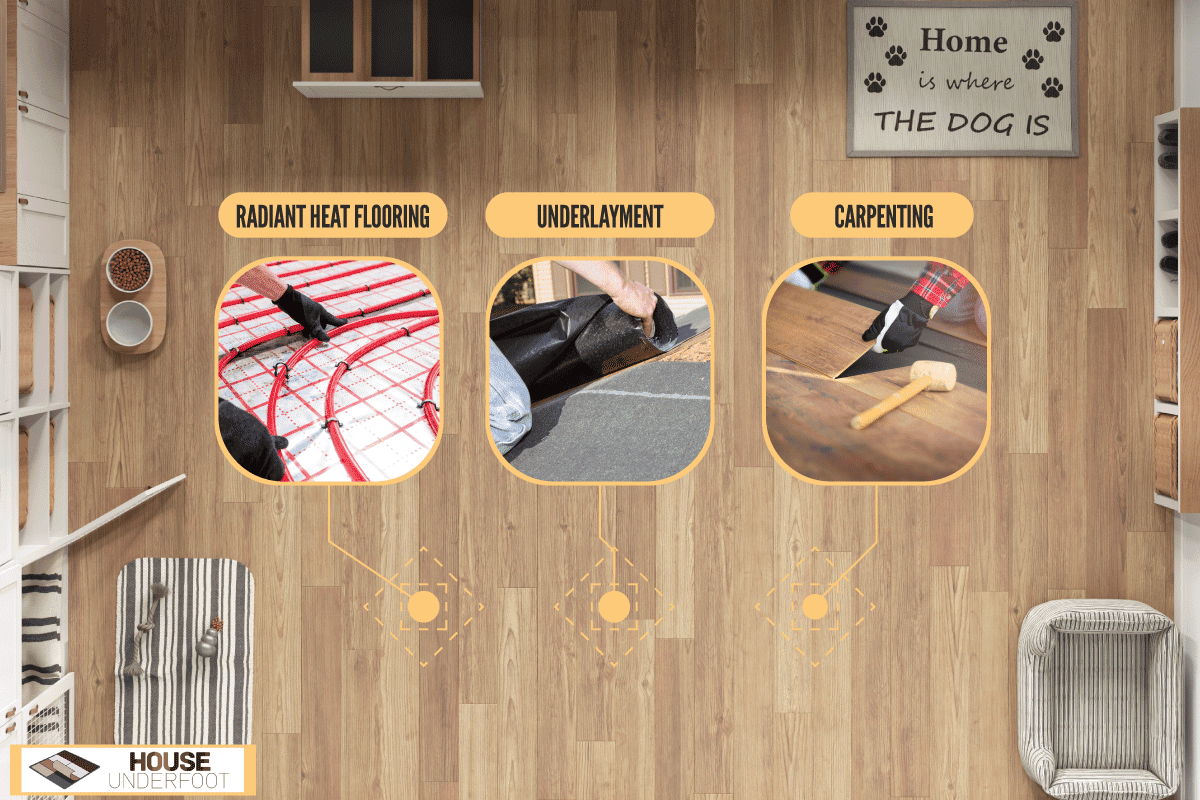
Why The Need To Insulate A Mudroom Floor?
It costs money to keep a house warm and inviting, especially in the winter. It's not surprising that the expense of heating and cooling might hurt your finances. After all, 46% of the energy used in the average household goes toward heating and air conditioning!
Most homeowners choose to prioritize exterior walls and attics when it comes to insulating a living area. However, they frequently overlook mudroom flooring, which is crucial to insulation efforts. A surface that is insulated complements other heating systems and quick-seal window systems nicely.
Besides, the last thing a person wants to do after working out in the snow or cold weather is to remove their boots and step out onto a chilly floor. That is why the best decision you can make for your mudroom is to install insulated flooring.
Therefore, it makes sense to spend money on a surface that reduces heating costs while keeping it warm.
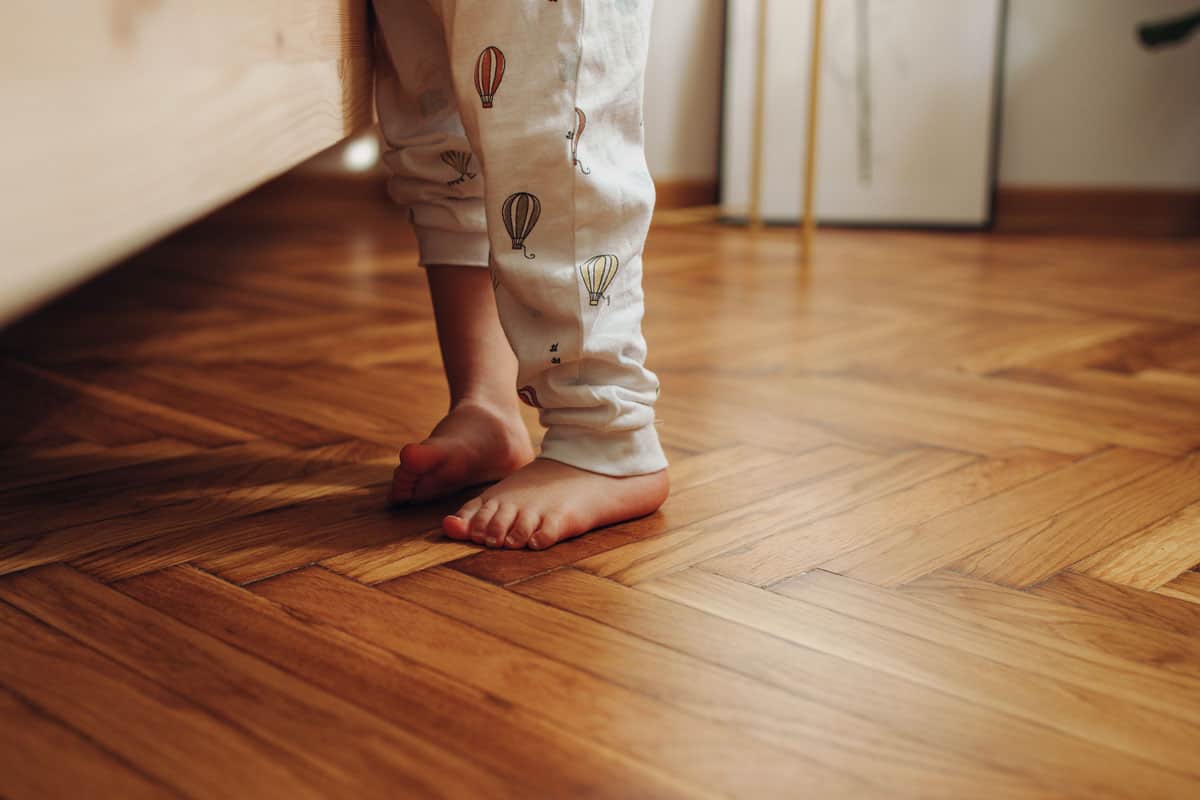
Benefits Of Insulated Mudroom Flooring
Aside from reducing the energy used and cost, the following are the other benefits of having insulated mudroom flooring:

Prevents Heat Loss
Although traditional heating systems are typically installed in homes to heat rooms, the majority of the heat escapes through the roof, walls, open cracks, and floors. According to the statistics, uninsulated floors, which have a propensity to lose heat, account for 10% of home heating costs.
Installing insulated surfaces produces a thermal envelope that prevents warm air from escaping and aids in the retention of heat in enclosed spaces. Less energy is required to maintain the desired temperature within the house because insulation resists temperature changes.
Decreases Cold Drafts
This is particularly true for houses that are elevated off the ground. Filling any potential air holes with an insulating surface helps keep the house from getting cold air from the outside.
Prevents Moisture From Entering
Most types of floors, including hardwood, full-wall carpeting, and cork, are vulnerable to moisture damage. Greater problems like mold and mildew may result from this.
On the other hand, rubber is an insulated, moisture-resistant, and anti-microbial surface that aids in forming a vapor barrier to stop moisture from entering the house.
Helpful In Summer Too
Insulated surfaces are useful not only in the winter but also in the summer when it comes to regulating internal temperature. The same heating method is used!
The conditioned air will not be able to escape from an insulating surface like a cold rubber surface, keeping the space cooler than the surroundings. As a result, there is no longer a pressing need for continuous air conditioning.
How To Insulate A Mudroom Floor
Let's look at the several mudroom flooring options that can be installed now that we know how insulated surfaces keep the mudroom warm. There are many flooring options available today, so it's important to understand the benefits and drawbacks of each so you can make the best choice.
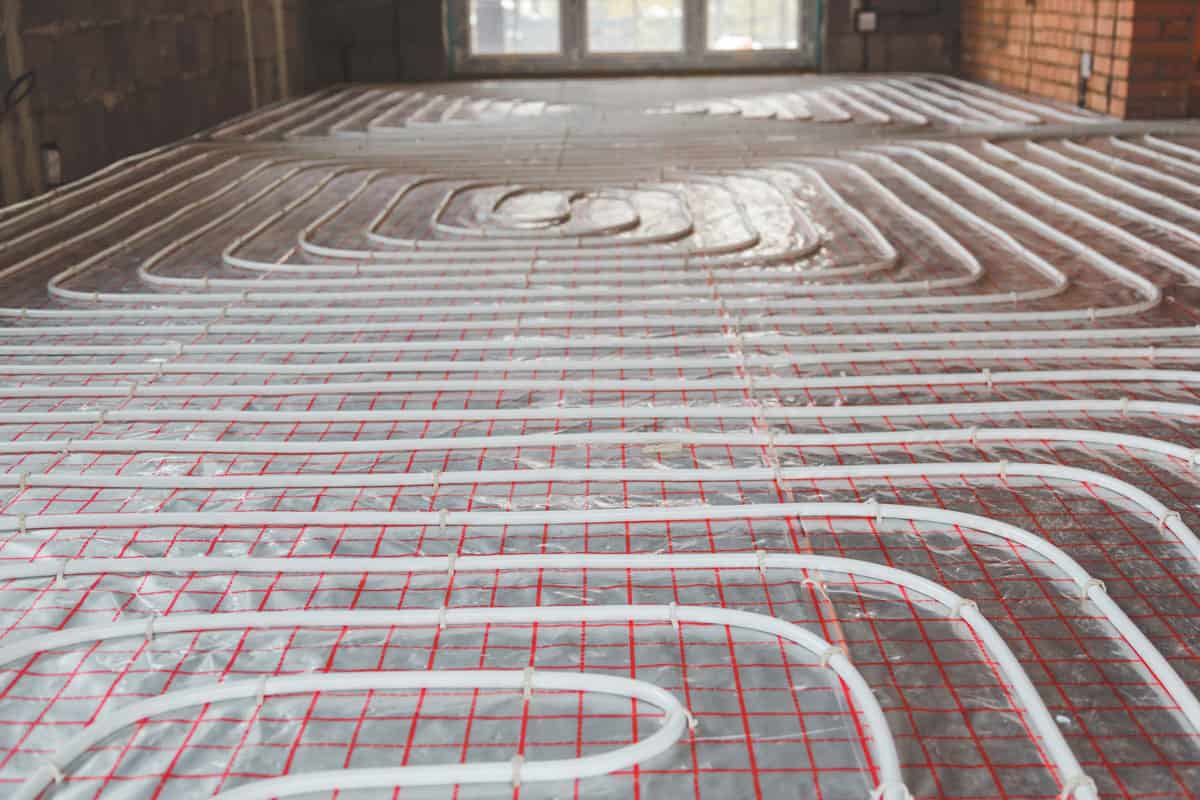
Carpeting
Carpets provide a warm, and comfortable underfoot surface. The carpets also aid in insulating the home because they have a greater R-value, a number used to measure the degree of insulation.
Carpets tend to retain heat since they are a poor conductor of heat. As a result, installing a carpet, especially a wall-to-wall carpet can reduce the energy required to maintain a mudroom's temperature. This kind of insulated flooring does have some restrictions, though.
Advantages
- Instantly gives the mudroom’s flooring warmth and an opulent look.
- It not only offers warmth but also secures the flooring surface.
- Provide sufficient padding in the event of a slip or fall, lowering the chance of catastrophic injury.
- Serve as a sound barrier, minimizing noise transfer between rooms.
Disadvantages
- It's challenging to maintain and clean carpets. For households with children and pets, it is not the best type of flooring.
- Not water- and stain-resistant.
- Frequently contain pathogens, dust mites, hair, and other allergens that lower indoor air quality and raise the risk of respiratory illnesses.
Underlayment
Underlayment is commonly used in homes with hardwood floors to add a layer of insulation between the subfloor and the floor. To prevent the surface from becoming cold in the winter, insulating materials such as rigid foam, fiberglass, silicone, polyfoam, or rubber are utilized.
Advantages
- It is a cost-effective approach to heating your mudroom.
- Works with a range of flooring materials, including ceramic, laminate, and hardwood.
Disadvantages
- Over time, the layer tends to compress or distort, decreasing its effectiveness. This is especially true if the underlayment's insulating component is fiberglass.
- Typically, underlayments are not moisture-resistant. You should take this into account if your plumbing system is underground or you reside in a location with a lot of rain.
- The installation is difficult whether you utilize rigid foam or fiberglass underlayment. While working with fiberglass requires protective gear, working with foam is challenging. All of this could have an impact on the time and labor required to install an underlayment.
- Materials like foam are pricey, greatly increasing the cost of the flooring job.
Radiant Heat Flooring
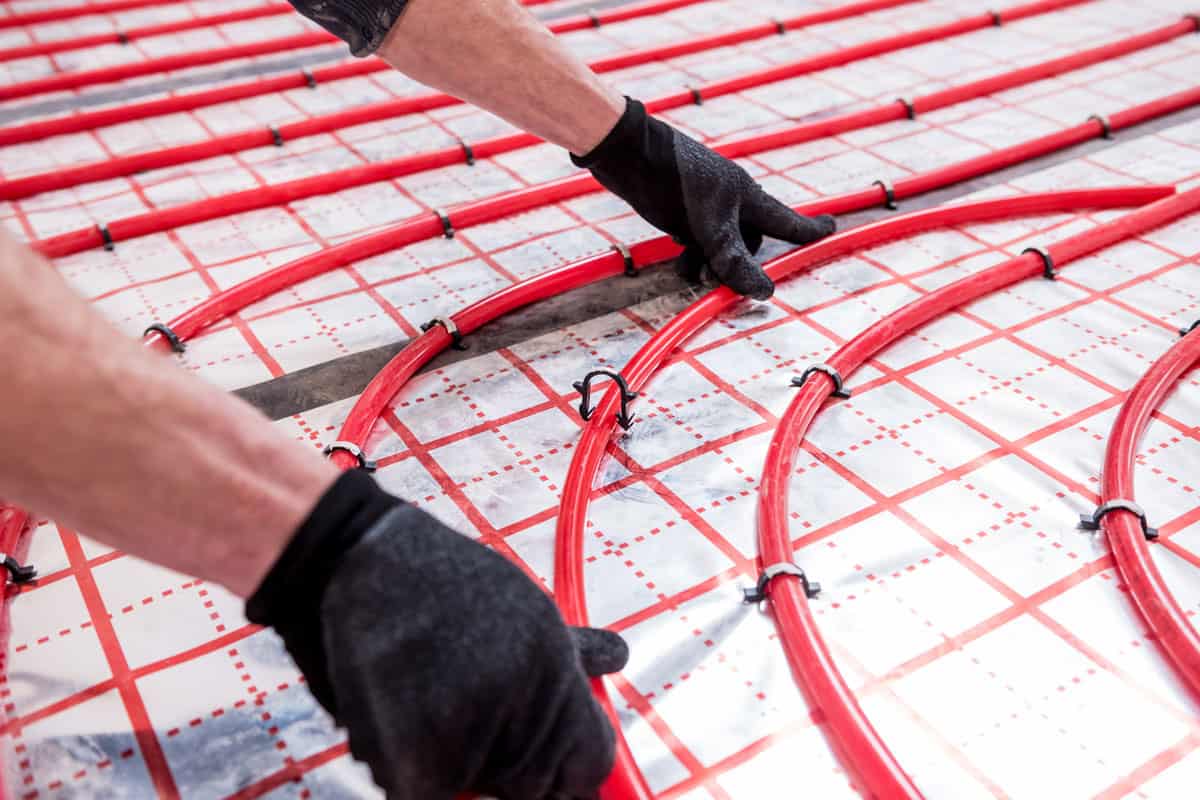
Radiant heat flooring provides exquisite space heating with an under-the-floor heating system. Instead of using the air to conduct heat, the method uses flooring.
Since hot air rises, these floors heat the ground beneath your feet as well as the space as a whole as the heat steadily rises. The two popular types of radiant floor heating are electric and hydronic.
Electronic uses electric lines that are dispersed throughout the subfloor as the source of heat.
Whereas hydronic uses a system of underground hot water tubes as the heat source. For surfaces made of ceramic, stone, vinyl, and concrete, radiant heat floors are most frequently employed.
Advantages
- Heat is dispersed throughout the space and is not lost to adjacent surfaces due to the infrared waves that rise from the floor and warm the space. The people in the mudroom feel warm even at lower temperatures because they heat up from their feet.
- The system is quite simple to use once installed.
- You can freely customize your mudroom because the system is hidden.
Disadvantages
- Expensive to install at first since they are challenging to install.
- Work better in tiny spaces rather than big floor areas or the entire house.
- Only possible if you are starting from scratch or removing all of the existing floors. It needs an ongoing supply of warm water or power from a water heater or boiler. That results in expensive utility costs.
- Depending on the sort of system you install, this form of flooring raises the room's floor height by at least a half-inch. To account for the space required to accommodate the heating system, the installer must alter the height.
- Under carpets, radiant heat floors are ineffective. The carpet's insulating qualities prevent heat from escaping and hold it inside the carpet.
Rubber Surfacing
The ideal flooring choice for a mudroom's floor is rubber flooring because of its versatility. The rubber's superior insulation capabilities are one of its most notable attributes.
Click here to see this rubber runner on Amazon.
Rubber has strongly bonded electrons that cannot be freely shared with nearby atoms. The electrons slow down, as a result, eventually stopping heat from being conducted.
Advantages
- It is a great insulator that prevents heat from escaping. As a result, the interiors stay pleasant and warm.
- Flexible flooring option that may be used in any room in your home aside from the mudroom.
- Resilient and able to handle normal wear and tear.
- Installation is simple. Rubber flooring installations can be completed in less than two days, depending on the area.
- Resists stains and dampness. As a result, you don't need to worry about spills.
- An anti-fatigue and high-traction surfacing alternative. Rubber is a great alternative for families with children, pets, and senior citizens because of its non-slip qualities.
- Due to its cushioning effect, it reduces the impact of falls. This significantly lowers the possibility of suffering major injuries in an accident.
- Has the ability to muffle noise.
- A great option if you're seeking antimicrobial flooring.
- Comes in a wide range of hues and patterns that harmonizes with the interior design.
Disadvantages
- The cost of installation is expensive but the flooring ends up paying for itself over time.
- When first placed, rubber flooring often has an odd odor. With time and enough airing, though, this odor goes away.
Conclusion
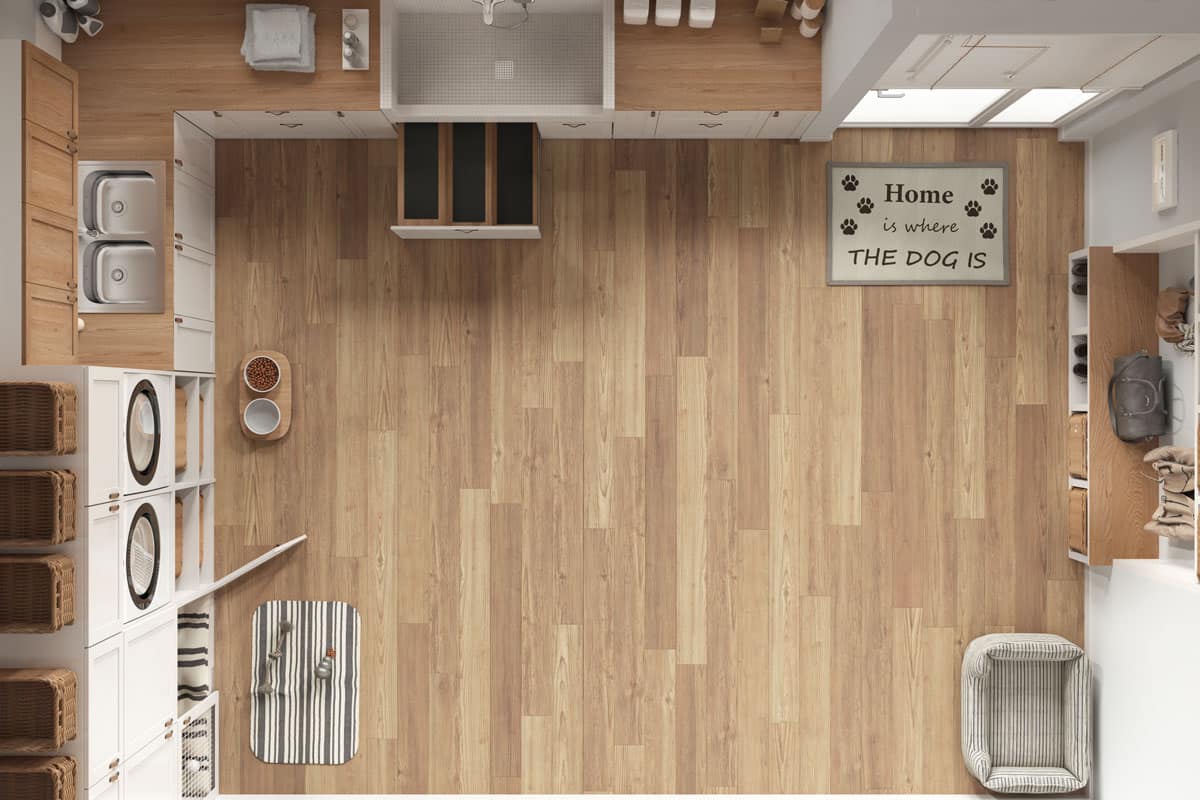
It is essential to insulate your mudroom’s flooring for warmth and a comfortable transition from the outside to the inside. We've talked about the finest options for insulating this floor surface, such as carpeting, underlayment, radiant heat flooring, and rubber surfacing. We hope that this information will assist you in creating a warm and inviting environment.


